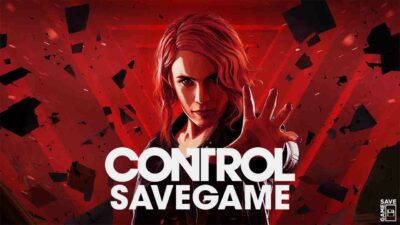
FAR CRY PRIMAL PC MULTIPLE SAVES SERIES
And there’s Destiny, a series that brought bosses back in a big way by borrowing ideas from massively multiplayer online games like World of Warcraft, making them nigh-insurmountable challenges that required teamwork from a large group of players. Runaway sleeper hits like Shovel Knight and Hyper Light Drifter nakedly emulated and updated 8- and 16-bit sensibilities, where challenging levels were par for the course and boss fights took center stage.

Souls and its sequels/spinoffs inspired countless imitators, like Lords of the Fallen and this year’s Nioh, to such an extent that ‘ Souls-like’ is now a genre descriptor. Demon’s Souls had already embraced the opaque design and challenges of classic games, adding names like Ornstein and Smough to the wince-inducing canon of legendary video-game big bads. Then a wave of nostalgia brought the boss back. Open-world and online games flourished, player choice became paramount, and boss fights in games that felt otherwise wide open - like the notoriously underwhelming boss confrontations in otherwise acclaimed games such as Bioshock or Deus Ex: Human Revolution - ended up feeling like dead weight. Bosses were effectively bottlenecks at a time where games were expanding. Until somewhat recently, it seemed as if the concept of the video-game boss was on its last legs.

It’s both Destiny 2’s biggest challenge and mystery, and for the past week the game’s community of players has been racing to square off with Leviathan’s mysterious boss, six people at a time.
FAR CRY PRIMAL PC MULTIPLE SAVES HOW TO
That’s the name of the game’s marquee Raid, a massive, sprawling level that explains almost nothing about how to beat it, and requires teamwork among six players to solve its riddles and take down whatever boss lies at the end. Last week, Destiny 2, a highly anticipated online shooter that’s best played with friends, raised the curtain on a mystery it had been teasing for weeks leading up to the game’s early September release: the Leviathan.


 0 kommentar(er)
0 kommentar(er)
